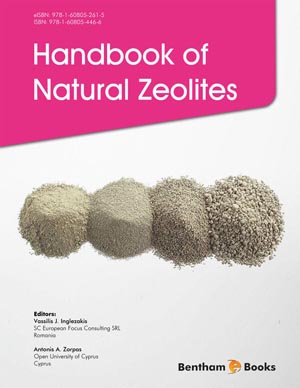Abstract
Pollution is the contamination of the environment by synthetic, semisynthetic or unreal substances or energy that adversely impacts living or non-living matter interfering with health, quality of life or the normal functioning of the ecosystems. To put it in a nutshell, it is the presence of the wrong substance in the wrong place in the wrong quantities at the wrong time. The WordWeb dictionary defines ‘pollutants’ as waste matters that contaminate water, air, or soil. Temperature is a property of a system which determines if they are in thermal equilibrium; temperature plays a vital role in determining the condition in which living things can survive. Thermal pollution can be defined as ‘the warming of the ecosystem due to which the desirable living conditions of organisms are adversely impacted. Studies reveal even a minor change in ambient temperature and oxygen levels can have a profound effect on ecosystems. When an industry/organization consumes water from a natural source, it discharges the water back into natural resources upon heating it up or cooling it down, which subsequently changes the oxygen levels; eventually, it has devastative effects on local ecosystems and populations. It is high time to establish proper conservation and management measures to tide over the crisis of pollution. Upon extensive studies, it has been found that the Three ‘R's - Reduce, Replace, Reuse, can be of great help to tackle pollution. Let us explore and elaborately discuss thermal pollution. Firstly, the classification of pollution, causes, effects and probable solutions for thermal pollution are also discussed .
Keywords: Classification, Effects, Pollution Management, Thermal Pollution, Warming Ecosystem.












